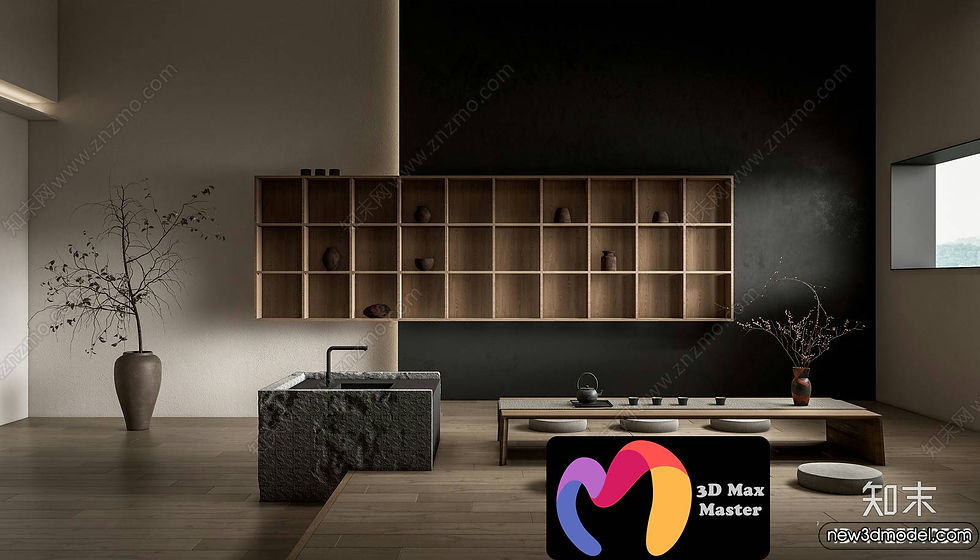3D Textures vs Materials: What’s the Difference?
- 3dmaxterusa
- 9 thg 6
- 1 phút đọc

Textures and materials breathe life into 3D models—textures add surface details like color patterns and bumps, while materials define how surfaces react to light, shine, or transparency.
Highlights
- Textures are image-based maps (like JPEG or PNG) applied to surfaces to simulate real-world details—wood grain, brick patterns, cloth weave, etc. They’re mapped via UVs to fit the shape accurately.
- Materials control surface properties like color, reflectivity, gloss, transparency, and refraction. They determine how light interacts with the textured surface .
- How they work together: Materials form the base (e.g., a reflective metal), and textures overlay to include visual complexity (e.g., scratches, patterns, dirt), creating realistic and detailed renders.
Why It Matters
Combining textures and materials lets you achieve photorealistic visualizations while optimizing performance by separating visual detail (textures) from physics-based properties (materials).
Want to master the art of texturing and material setup in your 3D workflows?
👉 Check out the full article on our website: https://3dmaxter.com/blog/3d-model/textures-and-materials/
3DMAXTER
Address: 95-38 Queens Blvd, Rego Park, NY 11374, USA
Phone: +1 (929) 450-2898
Website: https://3dmaxter.com/
🌐 Follow social:
Pinterest: https://www.pinterest.com/3dmaxter1/
Twitter: https://x.com/3dmaxter




Bình luận